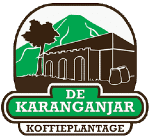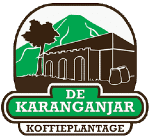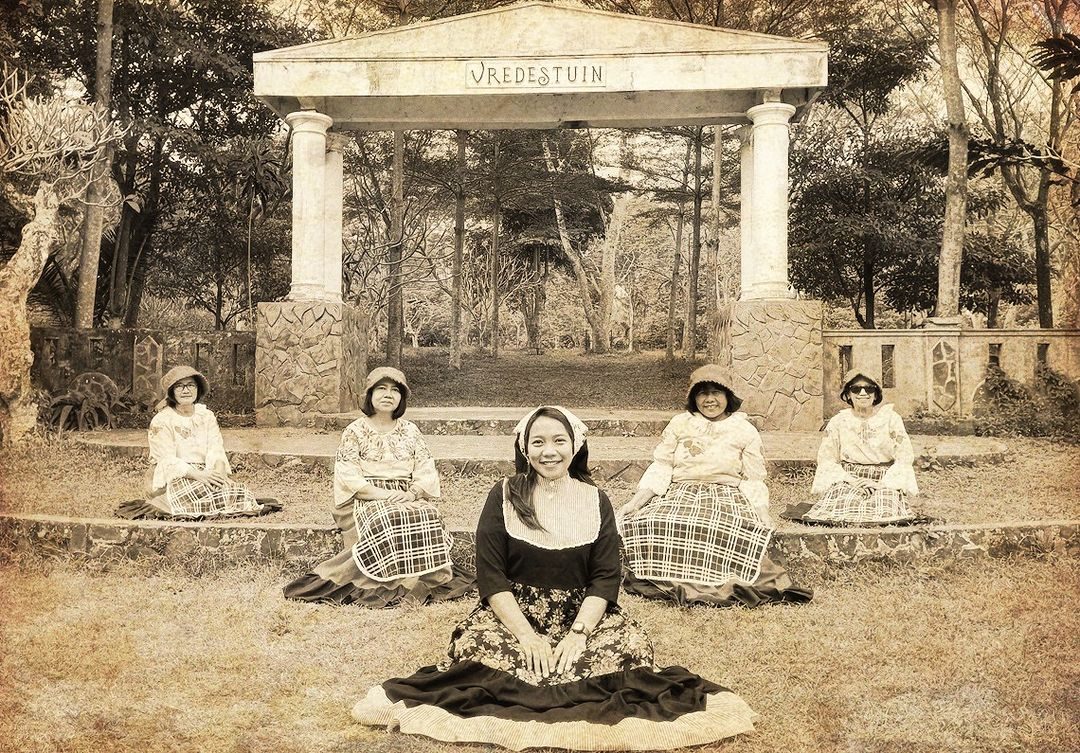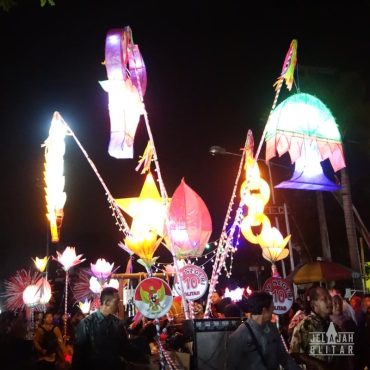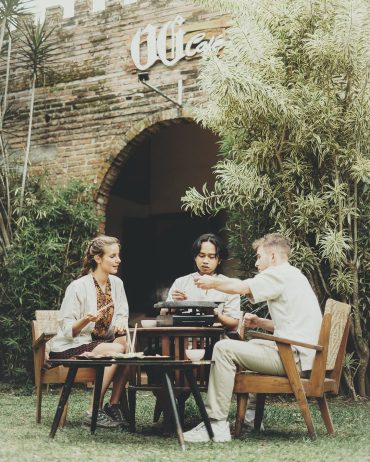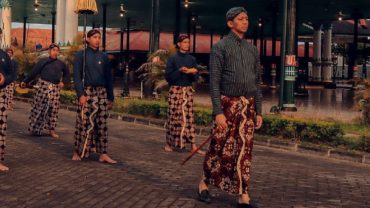Every year, Indonesia's Independence Day is marked with various competitions and parades.
One trend that has caught the eye is the rise of the Dutch noni or klederdracht costume.
Why are these costumes from the colonising country so popular amidst the spirit of nationalism?
Let's take a deeper look.
For some people, klederdracht is reminiscent of the past, be it childhood, parenthood, or even colonial times.
Wearing this costume is a way to reminisce and remember history.
In medieval times, Dutch society's clothing was still very simple and functional.
However, over time, clothes began to evolve and become more elaborate.
Factors such as social status, profession and region of origin influence a person's style of dress.
The development of Klederdracht:
- 17th century: The rise of the middle class made clothing more varied. Materials such as silk and velvet became popular.
- 18th century: The influence of French fashion is beginning to be felt. Clothing silhouettes became slimmer and more elegant.
- 19th century: Romanticism and nationalism fuelled a resurgence of interest in traditional clothing.
- 20th century: Klederdracht has declined in popularity along with modernisation. However, preservation efforts continue.
Types of Klederdracht
Klederdracht are very diverse and vary from region to region in the Netherlands. Some types klederdracht famous among others:
- Klederdracht from the Province of Zeeland: Known for its vibrant colours and intricate embroidery details.
- Klederdracht of the Province of Noord-Holland: Characterised by large hats and colourful aprons.
- Klederdracht from the Province of Friesland: Famous for its large black hat and dark-coloured clothing.
The Meaning Behind Every Detail
Every detail in klederdracht has a deep symbolic meaning. For example:
- Colour: Certain colours have different meanings. For example, black represents simplicity, while red represents courage.
- Accessories: Hats, necklaces and bracelets not only serve as decoration, but also have social and religious significance.
- Ingredients: Materials used to make klederdracht also has a meaning. For example, silk symbolises luxury, while linen symbolises simplicity.
Klederdracht has a unique and attractive design, with distinctive details. Many people are keen to try a different and exotic style of dress.
Klederdracht, which in Indonesian means traditional Dutch dress, is a garment used by Dutch people to show the rich cultural heritage of their ancestors.
The distinctive features of this traditional garment are the upturned hat and wooden shoes, which were used since the 16th century by farmers as footwear when going to muddy fields.
These wooden shoes are designed to prevent feet from getting immersed in mud and are easy to remove afterwards.
Klederdracht was originally created to distinguish people from different regions and cities.
However, over time, these traditional garments have also evolved to signify the occupation and beliefs of the wearer.
For example, in Bunschoten-Spakenburg, there are differences in the traditional clothing worn by farmers and fishermen, to signify their respective professions.
In Zuid-Beveland, traditional dress differs depending on faith, whether Protestant or Catholic.
Petticoats are used on the inside of skirts to give a confinement or tube-like effect.
Although klederdracht Synonymous with the past, these traditional garments remain relevant today.
Want to feel the sensation of being an old Dutch citizen while capturing your special moments?
At De Karanganjar KoffieplantageYou can rent a variety of Dutch costumes with prices starting from Rp25,000.
Berposelah layaknya seorang tuan tanah atau nyonya Belanda di tengah keindahan perkebunan coffee yang asri.
With a backdrop of historical buildings and unique costumes, your shots will look very aesthetic and instagrammable.
Make your holiday experience even more memorable by trying Dutch cosplay here!
